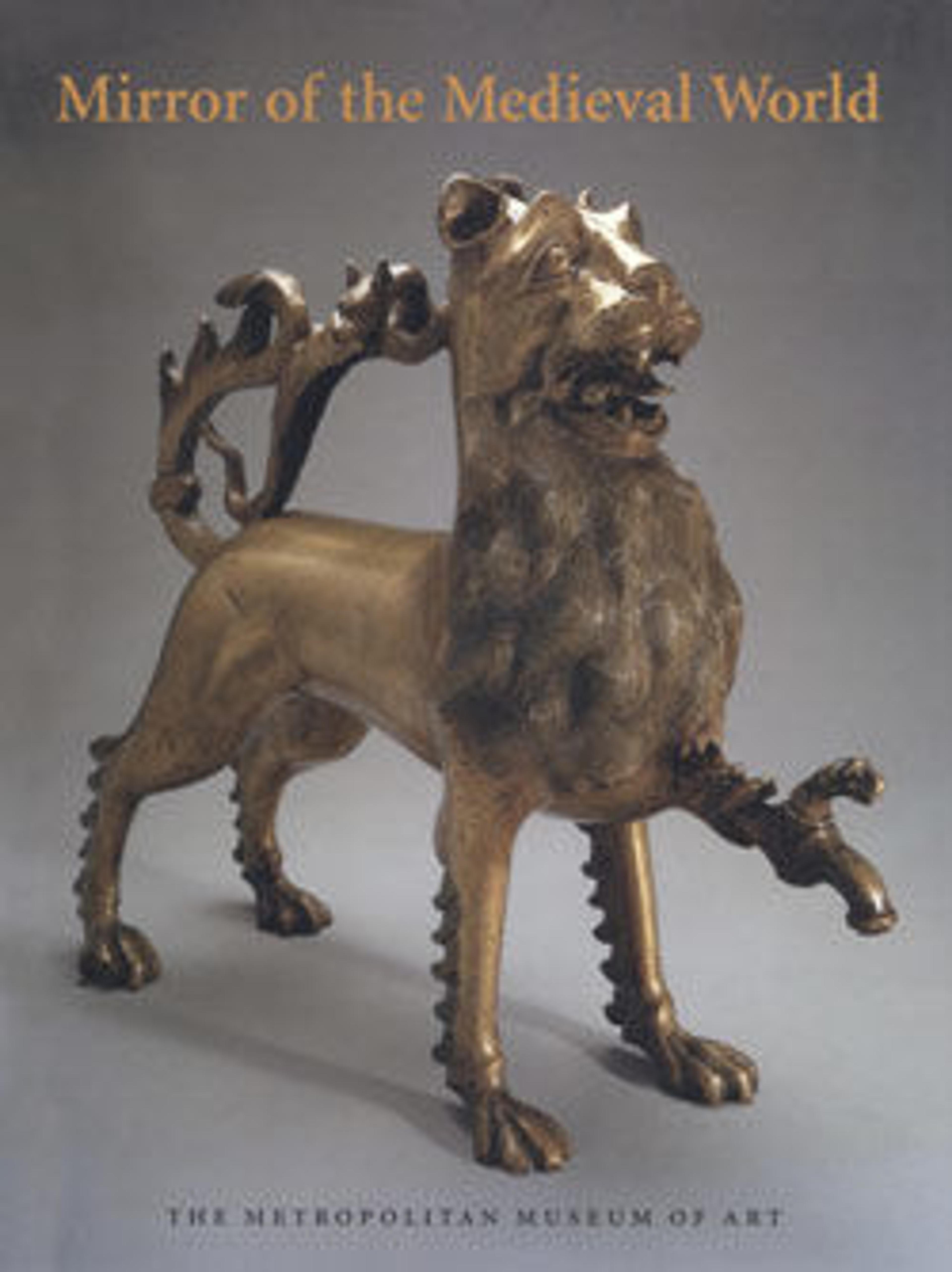Reliquary Pendant with Hounds Coursing a Hare
This reliquary pendant, which can easily fit in the palm of your hand, features gabled lancet windows on the front, and a lively engraving of hounds giving chase to a hare on the back. Precious and portable, wearable jewelry like this served as treasured talismans for their original owners. The inscriptions around the sides of the object reveal that the two windows on the front once framed relics of Saint Barbara and Saint George. Barbara offered protection to those who faced sudden and violent danger, especially from explosives or lightning, and George was especially venerated among soldiers, so the hunting theme of the back is less incongruous than it might first appear. Personal reliquaries like this, worn directly on the body, served as powerful amulets for medieval Christians.
Artwork Details
- Title: Reliquary Pendant with Hounds Coursing a Hare
- Date: late 14th century
- Geography: Made in Lower Rhineland, Germany
- Culture: German
- Medium: Silver, gilded silver, and niello
- Dimensions: Overall: 2 1/4 x 1 x 1/4 in. (5.7 x 2.5 x 0.7 cm)
- Classification: Metalwork-Silver
- Credit Line: Gift of Rainer M. Zietz, 1985
- Object Number: 1985.137
- Curatorial Department: Medieval Art and The Cloisters
More Artwork
Research Resources
The Met provides unparalleled resources for research and welcomes an international community of students and scholars. The Met's Open Access API is where creators and researchers can connect to the The Met collection. Open Access data and public domain images are available for unrestricted commercial and noncommercial use without permission or fee.
To request images under copyright and other restrictions, please use this Image Request form.
Feedback
We continue to research and examine historical and cultural context for objects in The Met collection. If you have comments or questions about this object record, please contact us using the form below. The Museum looks forward to receiving your comments.
